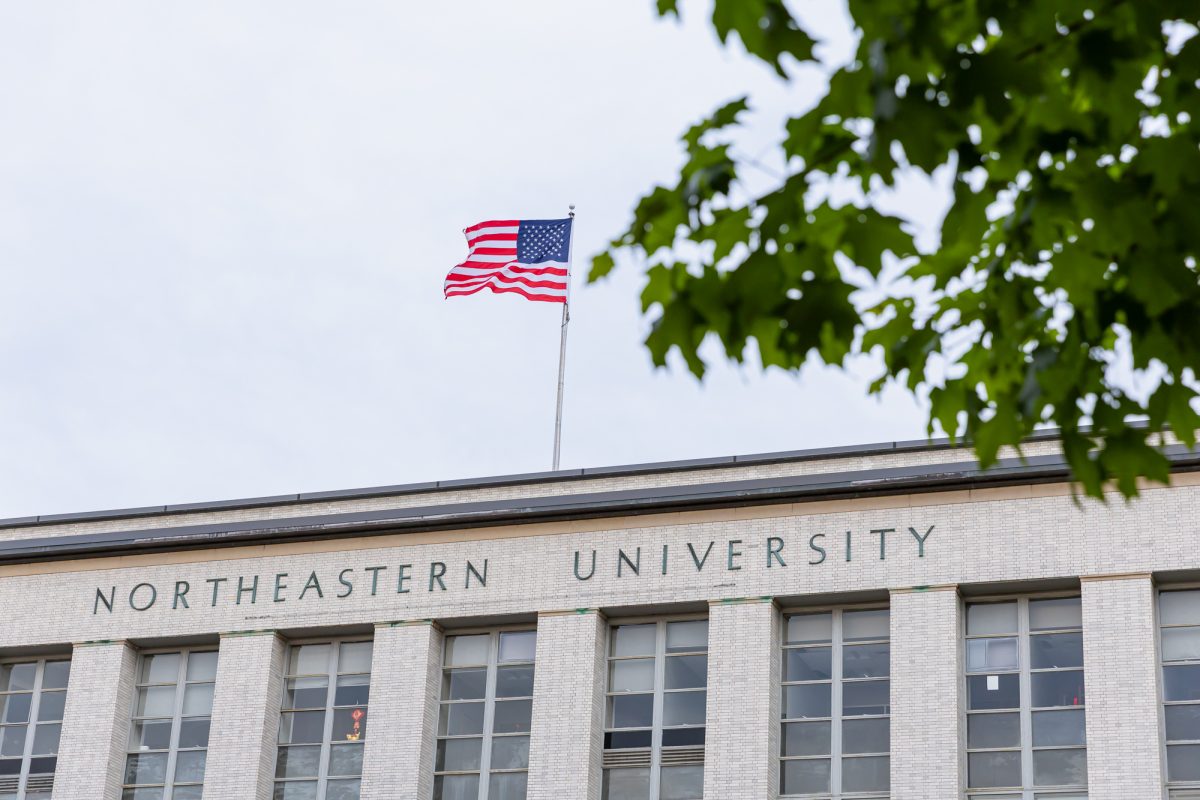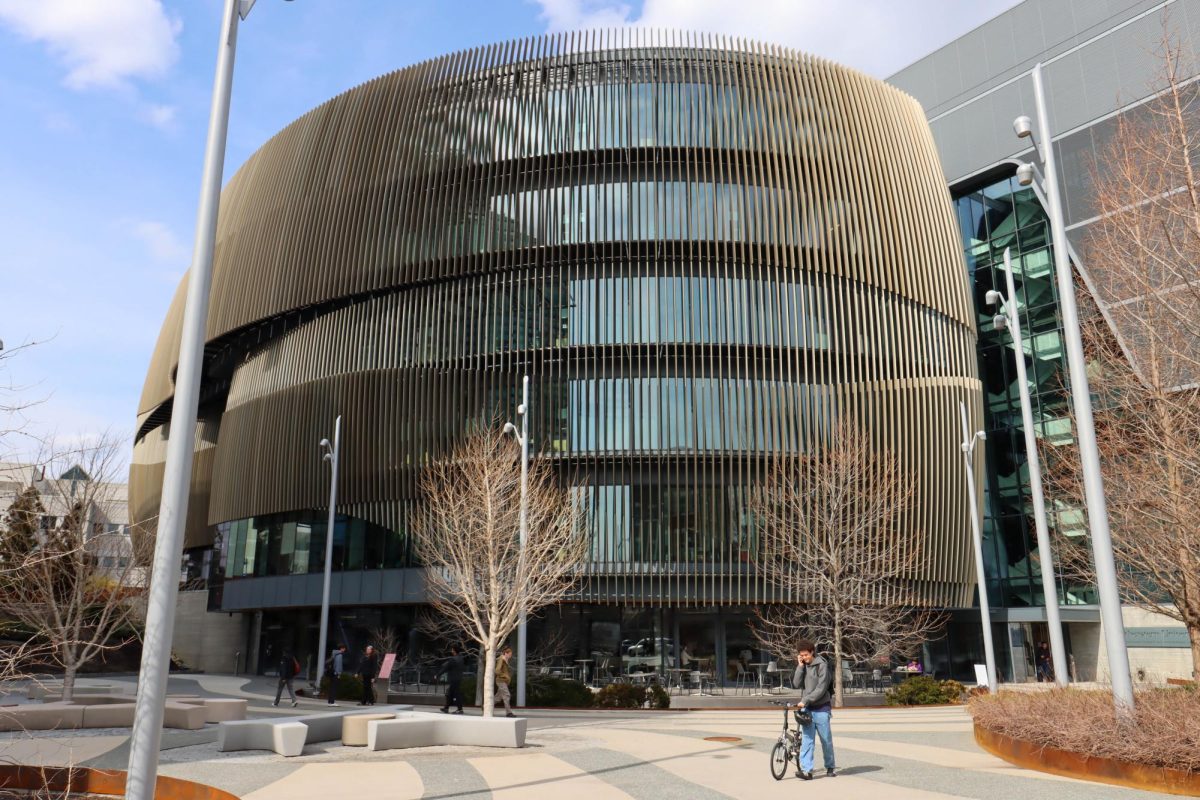By Mark Cornejo, Spartan Daily San Jose State)
(U-WIRE) SAN JOSE, Calif. – Thirty-five months after having his right leg amputated below the knee, San Jose State senior Neil Parry will play on Sept. 18 against Nevada. “I’m excited,” Parry said. “I can’t wait.” At Friday’s press conference, football coach Fitz Hill officially announced Parry would play on the SJSU punt return team, lining up over the offensive right tackle. Hill said Parry’s first play will be whenever Nevada punts. “If we kickoff and our defense stops them on three plays,” Hill said. “Neil could play on the fourth play of the game.” When Parry heads onto the field, it will be his first play since the third quarter of the Spartans 47-30 loss to UTEP on Oct. 14, 2000. On a Spartan kickoff, Parry ran downfield and changed direction quickly. One of his own teammates was pushed down and rolled onto Parry’s right leg. Bones in the lower part of Parry’s leg snapped in half and shot through the skin, as well as hyperextending his knee. Parry said he has seen the film of the injuries more than 20 times. “When I watch the tape I think ‘I should have jumped,'” Parry said. “Watching it doesn’t bother me, the sound it makes is much worse.” Less than a week after the injury, doctors at Stanford Hospital found an infection in the shredded tissue where the break had occurred. On Oct 23, 2000, Parry underwent his first amputation surgery. It was the first of 25 surgeries he would undergo after the injury. Parry was fitted with his first prosthetic leg in November 2000, and then began to work on walking. “My first foot felt like I was walking with a cement block on my leg,” Parry said. In April 2001, Parry began weight training and running with Spartan associate head athletic trainer Jeb Burns. “We worked first on straight ahead running, then on side to side,” Burns said. Parry came back to the team in an active capacity in August 2001, participating in non-contact drills in addition to his work with Burns. Parry said he had set his sights on coming back for the 2002 season, but was hit with setbacks. First, Parry was told by the Mutual of Omaha insurance company that if he came back he would be classified as healed, therefore his insurance would stop their coverage of Parry’s leg injury under the NCAA’s catastrophic policy. “At that point, if he had played he would have lost $1 to $1.5 million in additional coverage,” Burns said. Less than three days later, Mutual of Omaha, with consent from the NCAA, changed it’s stance and told Parry they would continue his coverage and allow him to go back to practice. With the financial problem solved, Parry’s comeback was halted again when a pain in the lower part of his amputated leg became too much to bear. “Neil was able to play, but it was just too painful,” Burns said. “He had another surgery to remove the clump of nerves that was causing the pain.” With everything behind him, Parry said it was during the summer he realized he was coming back to play this season. “It was something about how I was running,” Parry said. “It still got sore, but nothing like last year.” Parry’s running could be attributed to his new foot, which Burns had heard about from a friend with the same injury. Mike Norell, president of Norell Prosthetics, designed Parry’s newest foot. “It’s a three-tier, carbon graphite base,” Norell said. “It is lighter and stores energy, which allows him to push off better.” Norell, who has been working with Parry since July 2002, said the entire leg weighs less then 3 pounds. Parry and his new leg began full contact practice with the Spartans this season on Aug. 15. “The guys know not to take it easy on me because they’ll just look bad,” Parry said. Last week, with no game coming on the weekend, Hill allowed several players to try to work their way up the depth charts for a chance to play against Nevada. It was after practice on Thursday that Hill informed Parry he was moved up to the starting spot on the punt return team. “When I got the news [Thursday],” Parry said. “All I could think of was my field assignment.”








